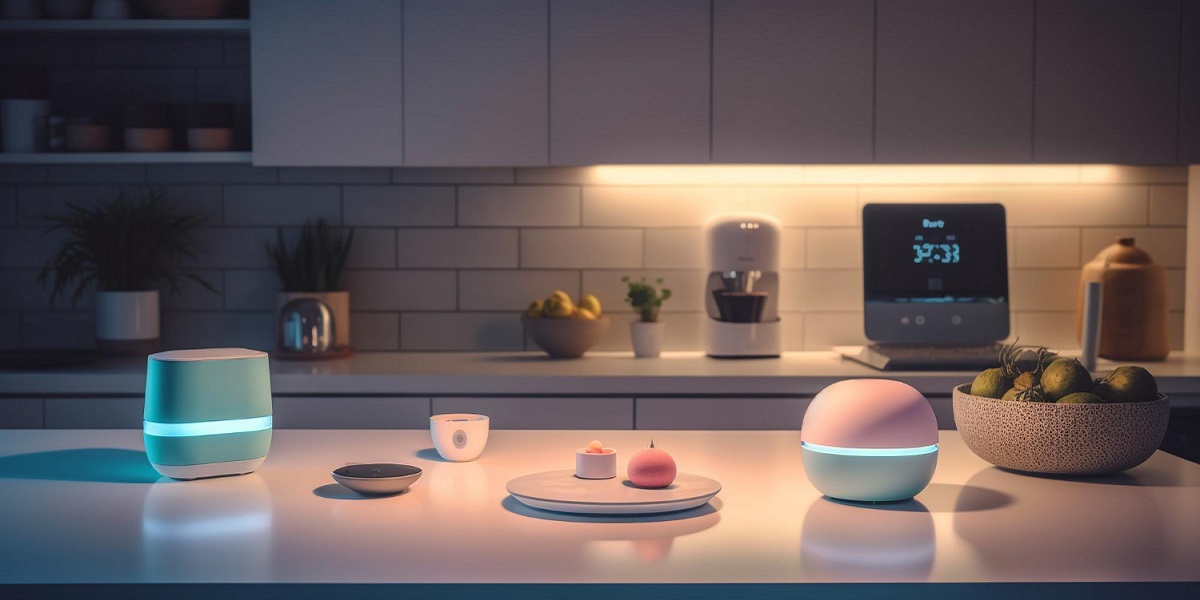
Website Personalization - What It Really Means in 2022?
- By Nirdosh
- 17-08-2022
- Web Development
“Pick up where you left off”
Ever noticed when you open your Amazon account, and it remembers your last search? That, perhaps, is personalization working at its best.
“What’ll you have today, Joe?”
“I’ll have the usual, please”
When you walk into a cafe, and the waiter already knows your order.
Another great example of personalization.
And let’s not forget Coca-Cola’s Share a Coke campaign in which they printed the 150 most popular Australian names on Coke bottles and cans and invited Australians to 'Share a coke'.
There are tons of other great examples of personalized experiences that you have on a regular basis without even realizing it.
And thus, consumers expect it in most of their interactions with brands they patronize.
The What, Why, and How of Personalized Experiences
While personalized experiences have been a crucial part of the customer journey for long, it gained momentum only recently since more people are gradually moving online.
Today, consumers understand personalization and expect brands to successfully meet their personalized demands. And if you are able to deliver a personalized customer experience, you will be rewarded with increased loyalty and revenue in the years to come.
That’s because, if a consumer has a personalized experience with a brand, they are more likely to purchase from that brand again.
And since we are living in a digital-first world where people are becoming increasingly reliant on digital services, personalization has become even more critical.
In this blog post, we will understand what website personalization is and decode how you can deliver a personalized experience on your website.
What Is Website Personalization?
Website personalization is the practice of creating and delivering a personalized website experience for each user that visits your website. Instead of showing the same website to all visitors, a personalized website displays a customized webpage based on a visitor’s characteristics.
The aim is to create a relevant website for individual users, which leads to better engagement, more product views, and increased site visits. Consequently, you get higher conversions, order value, and revenue.
Earlier, delivering a personalized experience was a time-consuming and difficult task. However, thanks to advanced data collection tools, it has become relatively easy to leverage website personalization to grow your business.
Today, you cannot just personalize your website according to the different consumer groups, you can, in fact, personalize every step of the marketing funnel - from customer interaction to acquisition and beyond.
Website Personalization vs. Website Customization
Often, website personalization and customization are used interchangeably. While both of them serve the same purpose, there is a fine line between the two.
While personalization is controlled by the brand, customization is controlled by the visitor. Email filters, search filters, chat rooms, and dashboards are all examples of website customization a brand can offer to fit its users’ specific needs. Whereas personalization is done using customer data to deliver a dynamic, more relevant online experience.
Simply put, customization puts users in charge of their own experience, allowing them to explicitly select the type of content they want to see. For example, when a visitor uses filters to refine search results, that’s website customization.
Another crucial difference between the two techniques is that customization is probably for a finite number of use cases. However, personalization can be done for an infinite number of cases.
How Important Is Website Personalization to Today’s Consumers?
Today’s consumers are autonomous and informed. So it’s difficult, if not impossible, to influence their buying behavior. Moreover, the onset of Covid-19 has changed the priorities list of consumers, where dominating motivators such as value, quality, and price have been replaced by:
- Consumers’ values
- Health and safety
- Trust
- Ease and convenience
Customers want to be heard and understood by brands. They naturally incline towards brands that actually make an effort to understand what their customers need and want.
Personalization allows brands to contextualize the messages, experiences, and offers they provide, as per each user’s unique profile.
According to a study by Accenture, 48% of consumers abandoned a brand and chose a competitor to shop from, due to a poorly curated shopping experience.
Tips to Deliver a Personalized Website Experience
To lend you a helping hand, we’ve narrowed down the best tips that you could use to enhance the visitors’ experience on your website.
Proactive Listening - It All Starts With Data Collection
If you don’t know who your customers are, and what they want, you can’t provide a personalized experience.
The whole concept of personalization relies on listening to what your customers want.
But how do you find out what your customers want?
Simple! Through DATA!
Data is a powerful weapon that you could have in your arsenal. It helps you outline the details of who each visitor is, what they expect from you as a brand at every phase, and how, when, and where they’ve engaged with your brand so far.
Unfortunately, a majority of businesses fail to convert data into actional insights. And data silos are often the culprit.
Data silos are the biggest roadblock for decision makers, which always get in the way of your business growth. What’s more, they provide an incomplete view of your business and create a non-collaborative environment.
And this usually happens when you have different databases that are isolated from one another. For instance, a database created on a marketing automation tool is not integrated with your website database.
And one of the best ways to eliminate data silos is through system and software integration. Make sure your website is integrated with third-party software you use such as CRM, marketing automation, and more.
Provide a Different Experience to First-Time Visitors and Repeat Customers
Engaging repeat customers is as important as acquiring new ones. However, how your existing customers and first-time visitors want to be treated varies drastically.
While new users expect a great look and feel, easy navigation, informative content, and fast performance, existing customers look for -
Offers and discounts, indicating that you recognize and value your customers
Better customer service for your products and services
And the best way to deliver a unique experience to both first-time visitors and repeat customers is through customized landing pages.
Loyalty Programs are Gold
Acquiring a new customer isn’t cheap but retaining an existing one is. This is why customer retention is extremely important. A higher customer retention rate helps you build loyalty, increase profits, and offers sustainable growth.
And loyalty programs work like a charm when it comes to engaging and retaining existing customers.
According to a recent survey by a loyalty marketing company, Kobie, 89% of respondents said that the loyalty programs they are currently part of make them feel valued and special.
However, loyalty programs aren’t just effective marketing strategies to win over your customers. They also help you shape customer behavior.
Besides driving sales and increasing customer lifetime value, a loyalty program allows you to build emotional commitment with your existing customers through repeat behavior.
You can use customer behavior to curate special offers such as coupons, third-party promotions that include access to retailers, spas, and restaurants. Top it off with personalization and the impact will be even greater.
Remember, customers like to be valued and respected, and thus treating every customer like a VIP allows you to build strong, long-term relationships with them.
Invest in a Mobile App
Needless to say, an increasing number of consumers are using smartphones to browse the internet, make purchases, and interact with brands. Thus, investing in a mobile app is a wise move these days.
A mobile app serves as a direct marketing channel and gives you a wealth of opportunities to target a large audience of mobile users.
Some of the benefits of investing in a mobile app are that they -
- Offer you the ability to provide excellent customer service
- Allow you to collect, analyze, and leverage customer data
- Provide enhanced visibility to build brand awareness
- Make personalization and retargeting a lot easier
Create Content According to the Customer Journey Phases
Do you know what differentiates a GREAT brand from a GOOD brand? It’s content!
Content plays a pivotal role in making your brand stand out. And the best way to curate amazing content is to create relevant content for different stages of the customer journey.
Usually, you create content to -
Increase brand awareness for consumers at the top of the sales funnel
- Educate and engage with first-time visitors
- Assist buyers with their purchase decision
- Keep customers engaged post sale
A simple example - a tutorial video on how to use a product is not relevant to first-time users. They still haven’t figured out what you offer, so showing them how to use a product you offer would only confuse them more.
The Bottom Line
Website personalization is a cornerstone for a successful customer engagement strategy.
It is a multi-layered process. This means - from understanding your customers to providing better product recommendations, and customer service - personalization needs to be done at every step to present visitors with unique experiences tailored to their specific needs.
While it may take some effort to make website personalization more engaging and inventive, it’s worth every dime.
Recent blog

Harnessing Social Media: Tactics For Powerful Marketing Success Achievement
Social Media | 25-07-2024
7 Hidden Secrets of MSI Laptop Boot Menu Key
Technology | 24-07-2024




